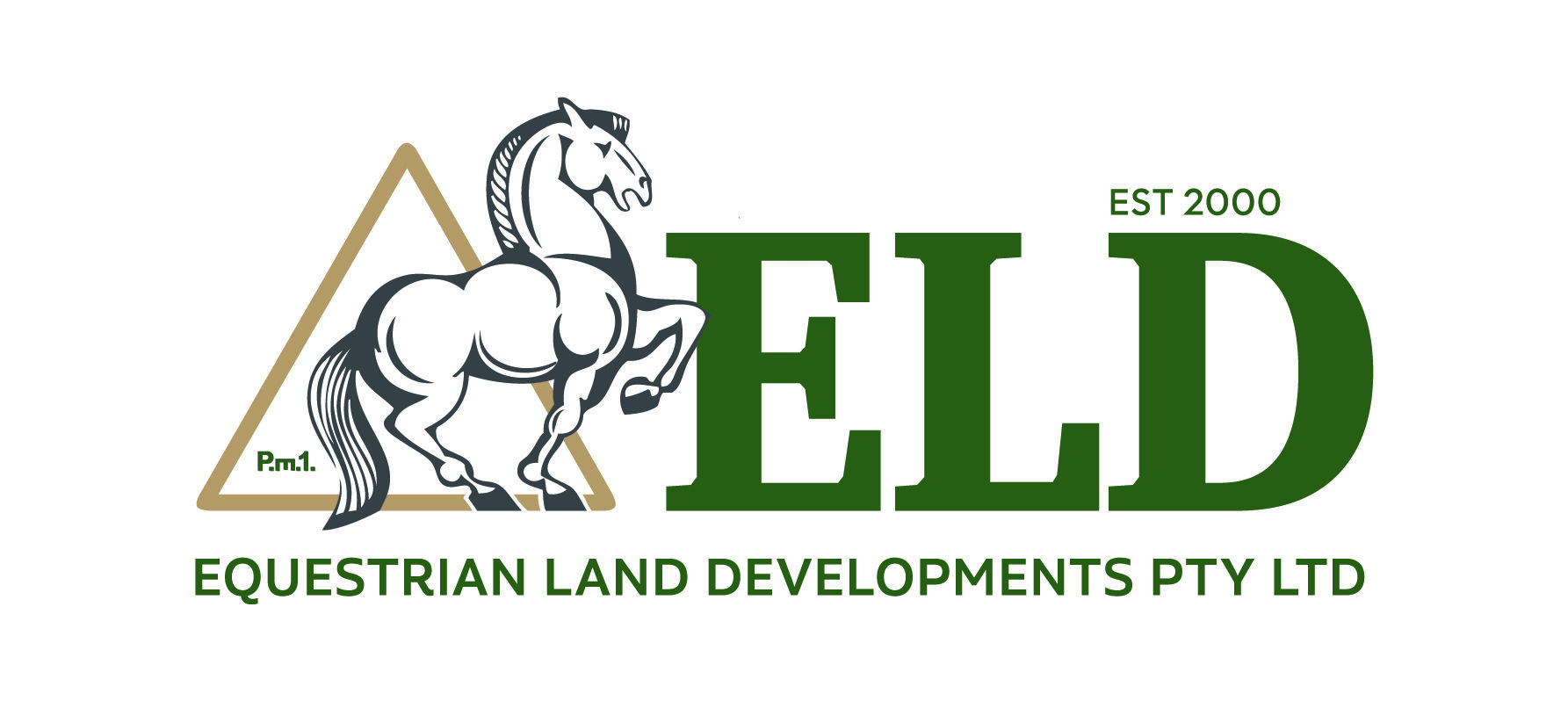ENVIRONMENTALLY CONSCIOUS ARENA SURFACES
As environmental awareness continues to grow, ELD has made a clear commitment to move away from synthetic additives in all Arena Surfaces.
This decision stems from concerns around microfibres, microplastics, and other airborne particles that may be present in synthetic materials or released as they degrade over time. Alongside this is the risk of toxins leaching into surrounding soils and waterways, particularly during rain or irrigation. These substances pose potential risks to horses, riders, and anyone working in close contact with the surface, as well as to local flora, fauna, and groundwater supplies.
Synthetic additives can also increase surface heat absorption, especially under strong sun, which can create discomfort for horses and riders and contribute to localised heat islands — a growing concern in already warming climates.
ELD exclusively uses our own manufactured sand-style surfaces, which have proven their performance and durability over many years. These natural surfaces require less maintenance, support rider and horse health, and present minimal environmental impact.
Dust suppression is effectively managed through the use of watering systems, and because our surfaces are nature-based, they leave a significantly smaller footprint on the planet. They are also easier to maintain without relying on chemical binders or external stabilisers.
In addition, the end-of-life costs associated with removing synthetic additives from equestrian surfaces can be prohibitive. The removal process in Australia is often complex and may require specialised equipment and professional assistance. Depending on the type and amount of additive, it may involve detailed separation, cleaning, or full replacement of the footing material — adding substantial cost and effort. Disposal of synthetic materials must often comply with environmental regulations, and in many cases, they cannot be safely repurposed or biodegraded.
By choosing natural, non-toxic materials from the outset, ELD establishes a safer, healthier, and more sustainable outcome for both horse and rider — and for the land itself.
